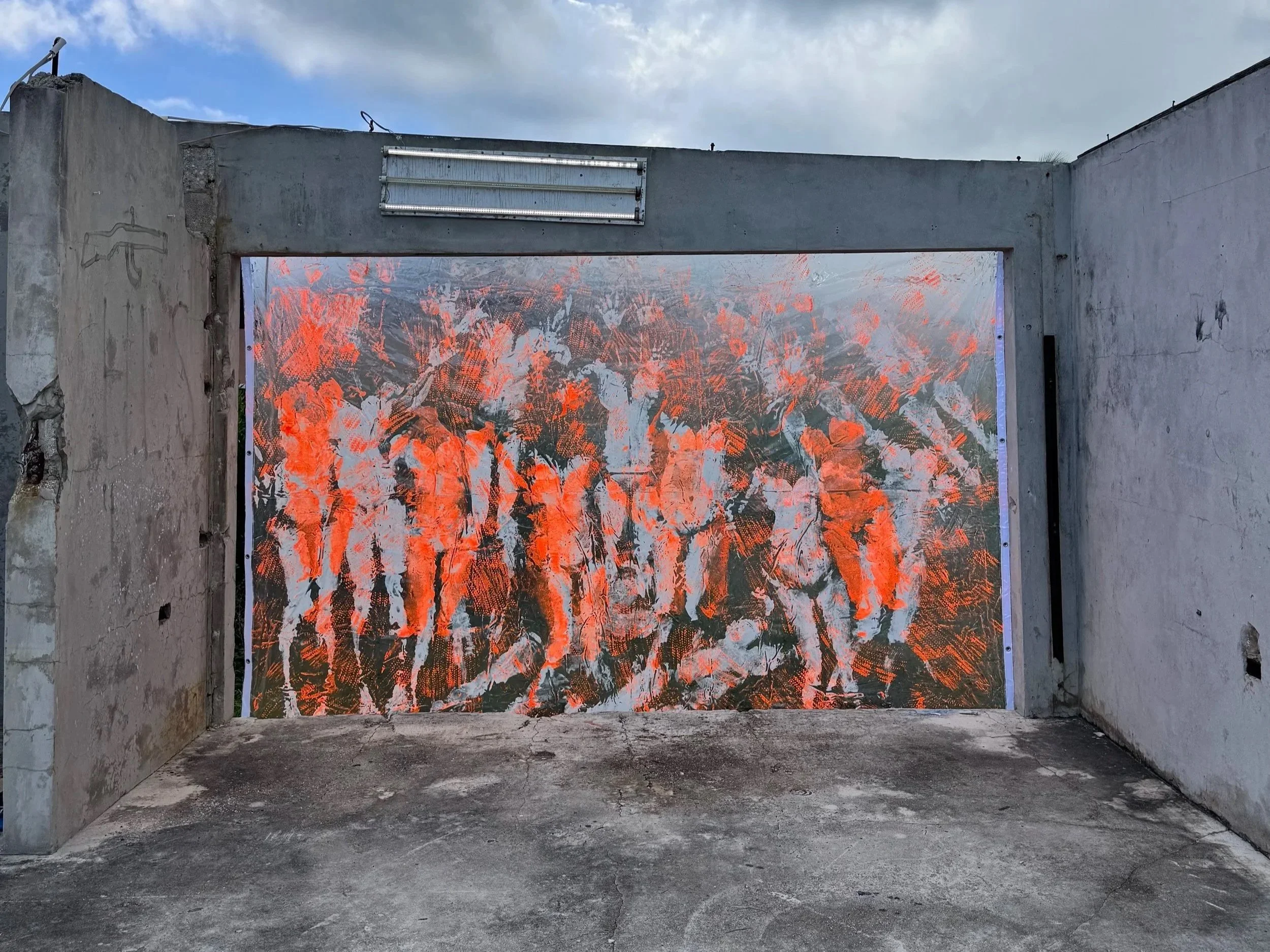my own archipelago
on view through feb 2026
With my own archipelago installation, I transform my ongoing inquiry into memory and identity into a tangible, spatial experience. Instead of presenting a single, unified object, I use the metaphor of a scattered island chain to explore how I believe we construct meaning from isolated elements. This active negotiation with the surrounding architectural environment is a continuous thread in my work. Each island is an autonomous sculpture built on a dialogue of contrasts that I call Engineered Collapse—a methodology rooted in Vivid Erosion and the slow process of Spectral Drift. I achieve this tension by placing rigid geometric forms like the wood-frames and mixed industrial plastic materials in stark juxtaposition with rustic hand-built organic forms and found natural elements. I use this interplay between the machine-made and the ephemeral forms to give the fragments their density and isolation, reflecting the non-linear, fragmented way I process personal and collective histories.
For me, the true energy of Archipelago exists in the negative space—the "sea"—between these components. I challenge the viewer to become an active cartographer, suggesting that connection and narrative aren't handed to them; they emerge from the simple act of traversing the installation. My commitment to addressing current ecological issues is made explicit as I see the external elements—sun, salt, and rain—as essential, collaborative forces. These forces don't just shape the materials; they enact the very processes of environmental degradation and resilience that I examine through the work. To heighten this, I've included several architectural interventions, one of which is a calculated void in the floor, another is an expansive opening, or the unleveling dips in the foundation, to utilize the open-air environment fully. This reinforces my core theme: coherence is not static, but is found in the tension and necessary distance between the singularities that make up our complex reality.
If I were to fade away, which of me will you remember?
2025
Vinyl/Acrylic Paint/Grommets
8 x 12 feet
Who Remains
2025
Cayman Dolostone/Rebar
6 x 3 feet
Unto the Untamed
2025
Wood/Pigment/Plastic
Dimensions
Soul Queen
2025
Found Coral & Conch Shells
6 x 2 feet
In It and Of It
2025
Materials
22 x 9 feet
Unto the Untamed
2025
Wood/Pigment/Plastic
Dimensions
Glimmer
2025
Materials
11 x 6 feet

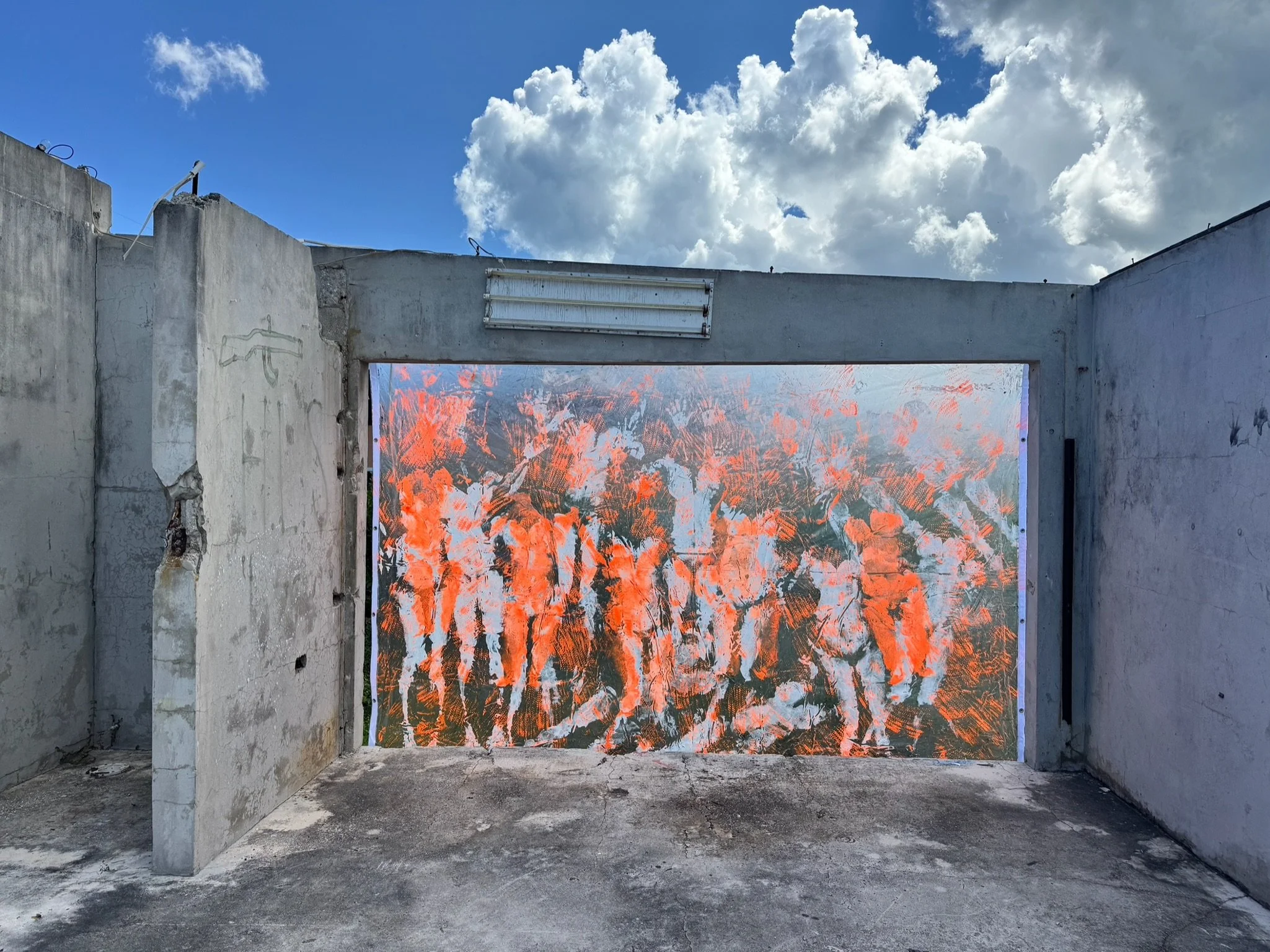
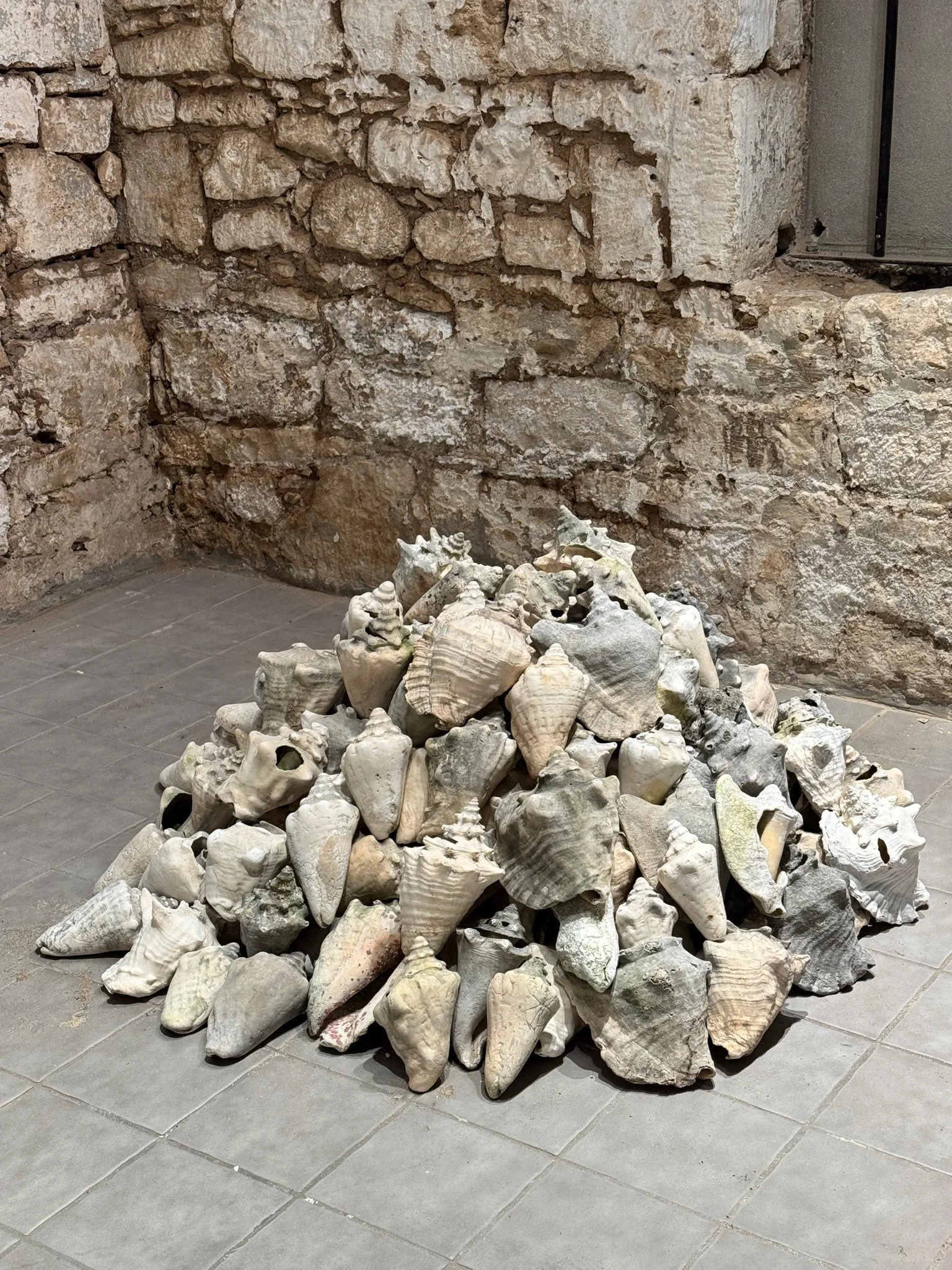
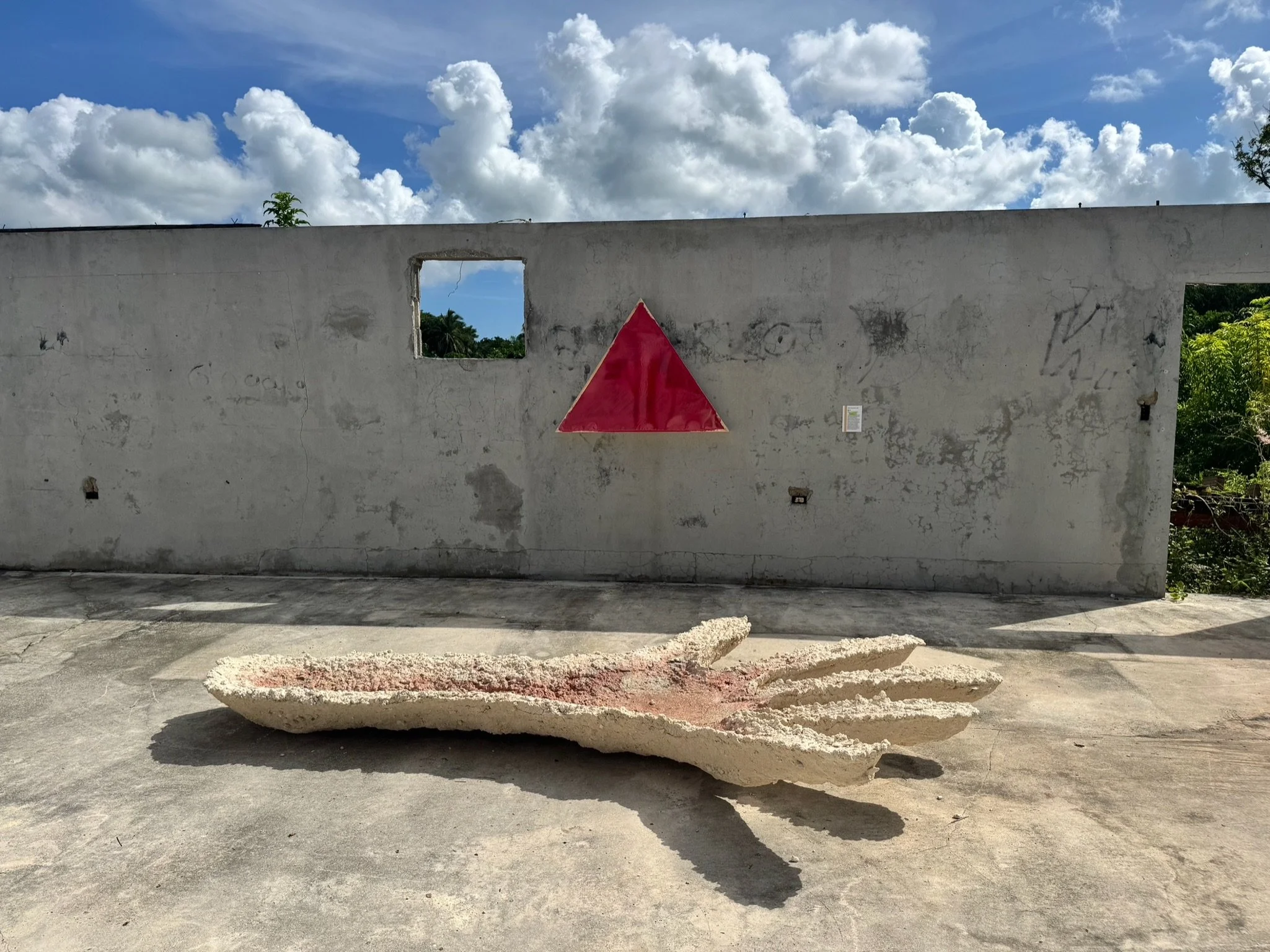

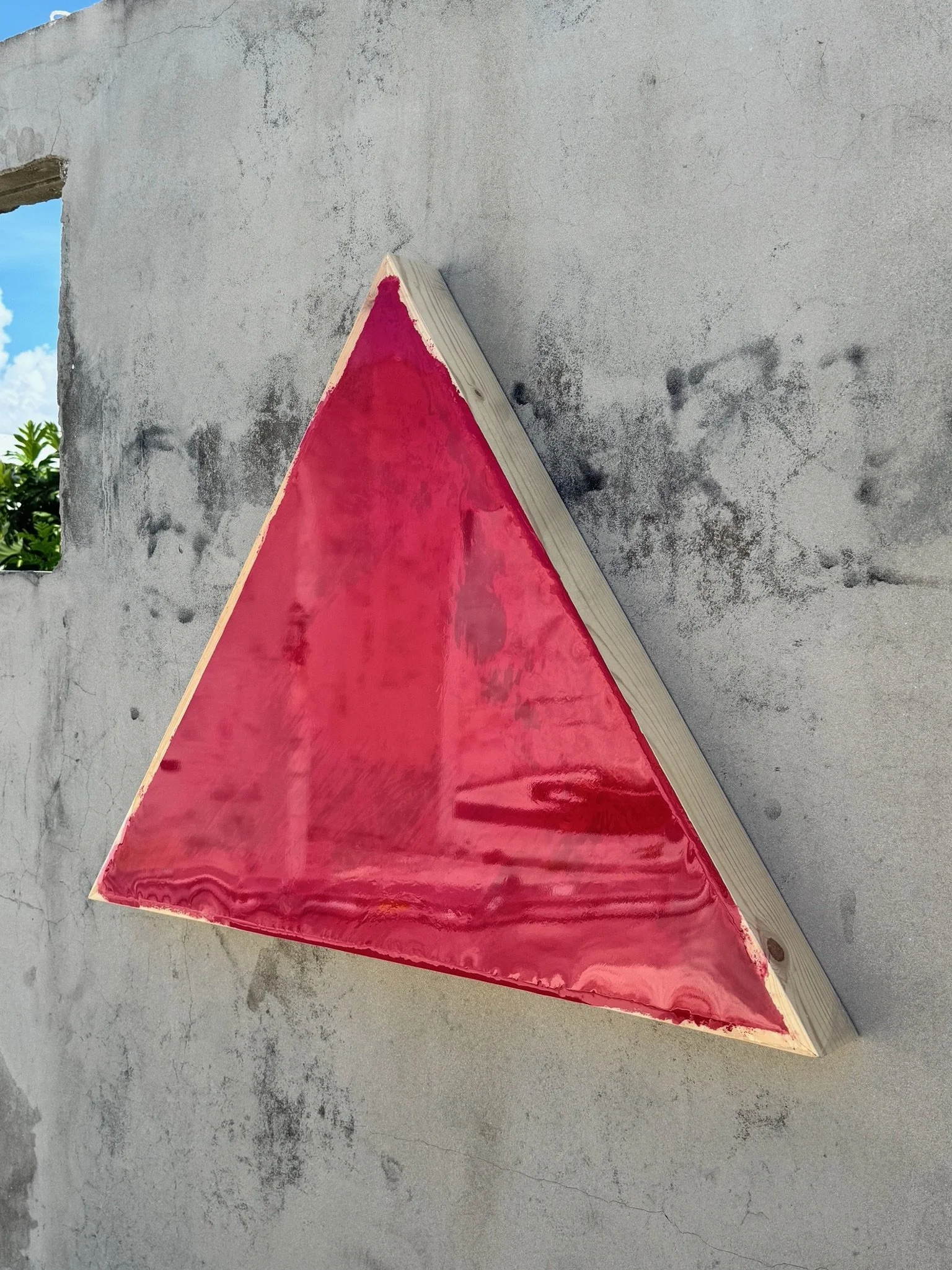
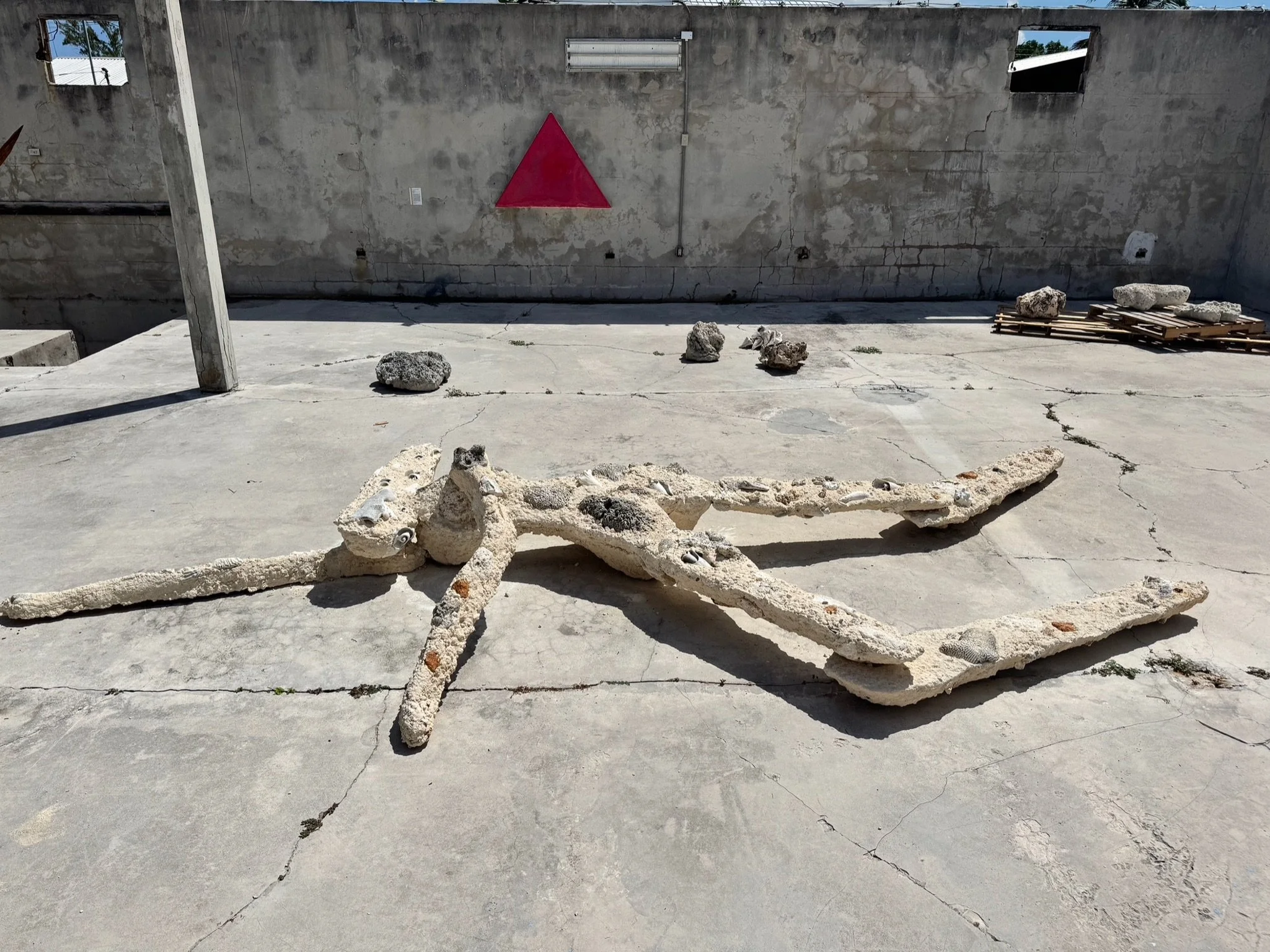


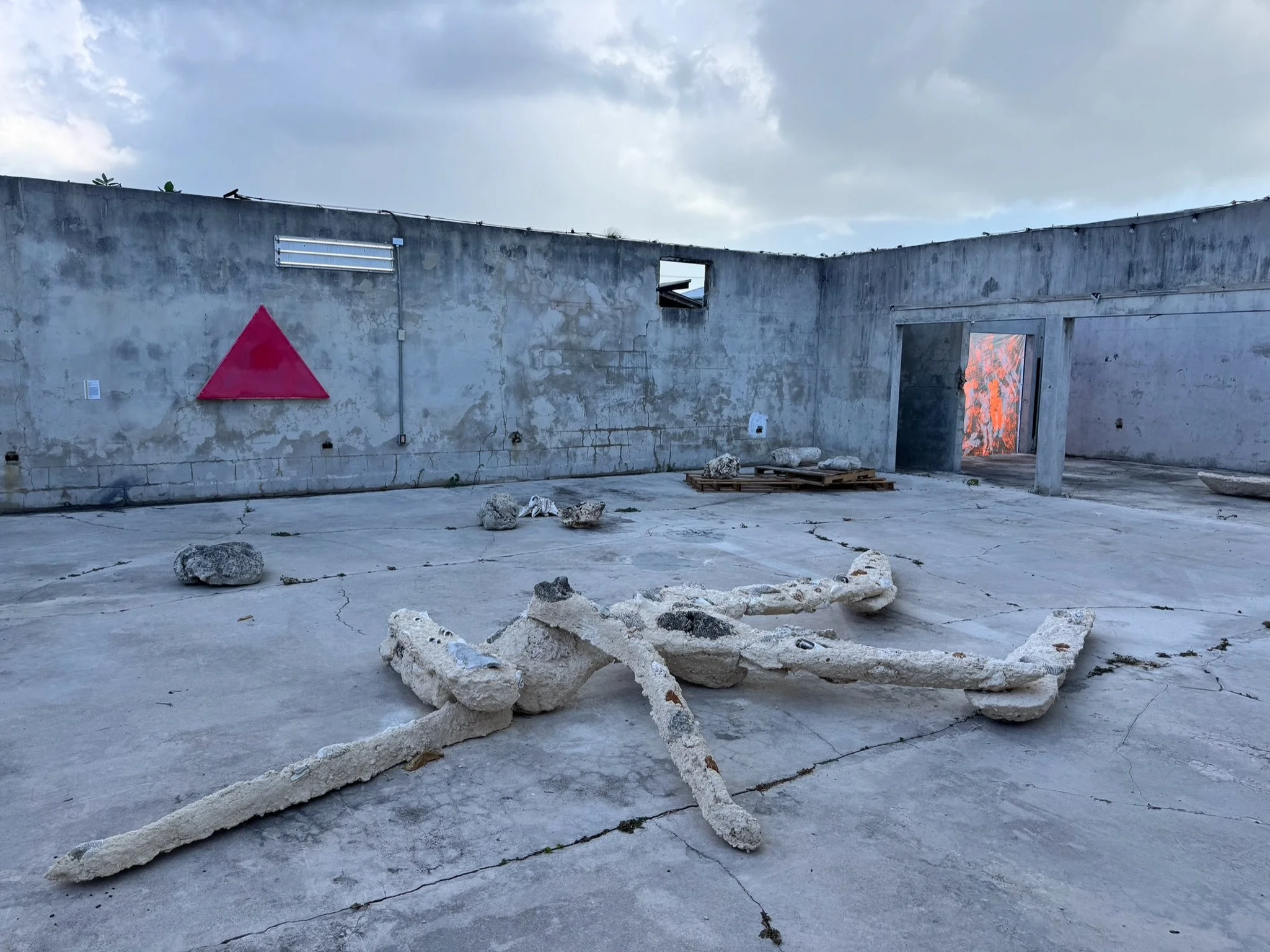
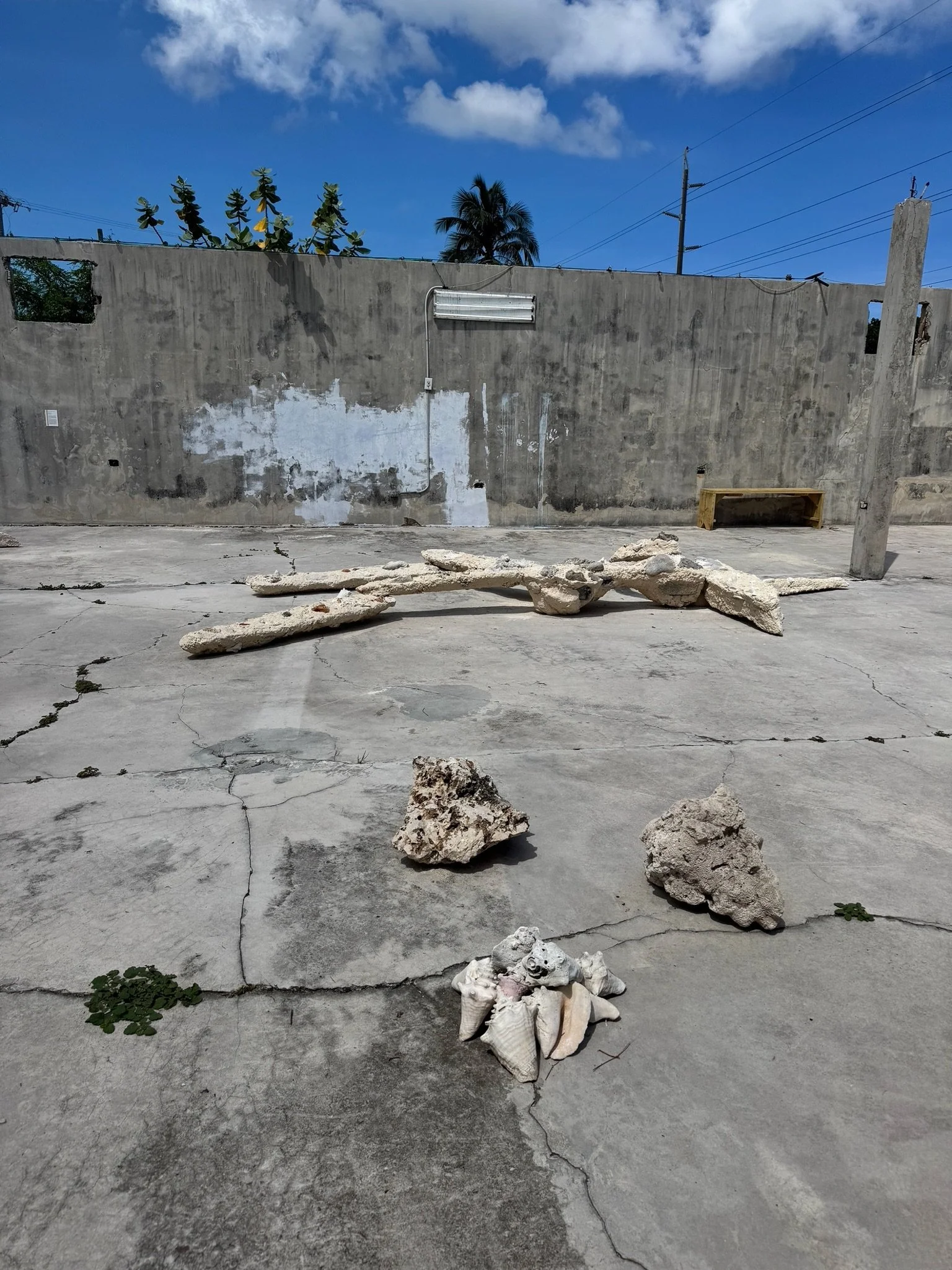

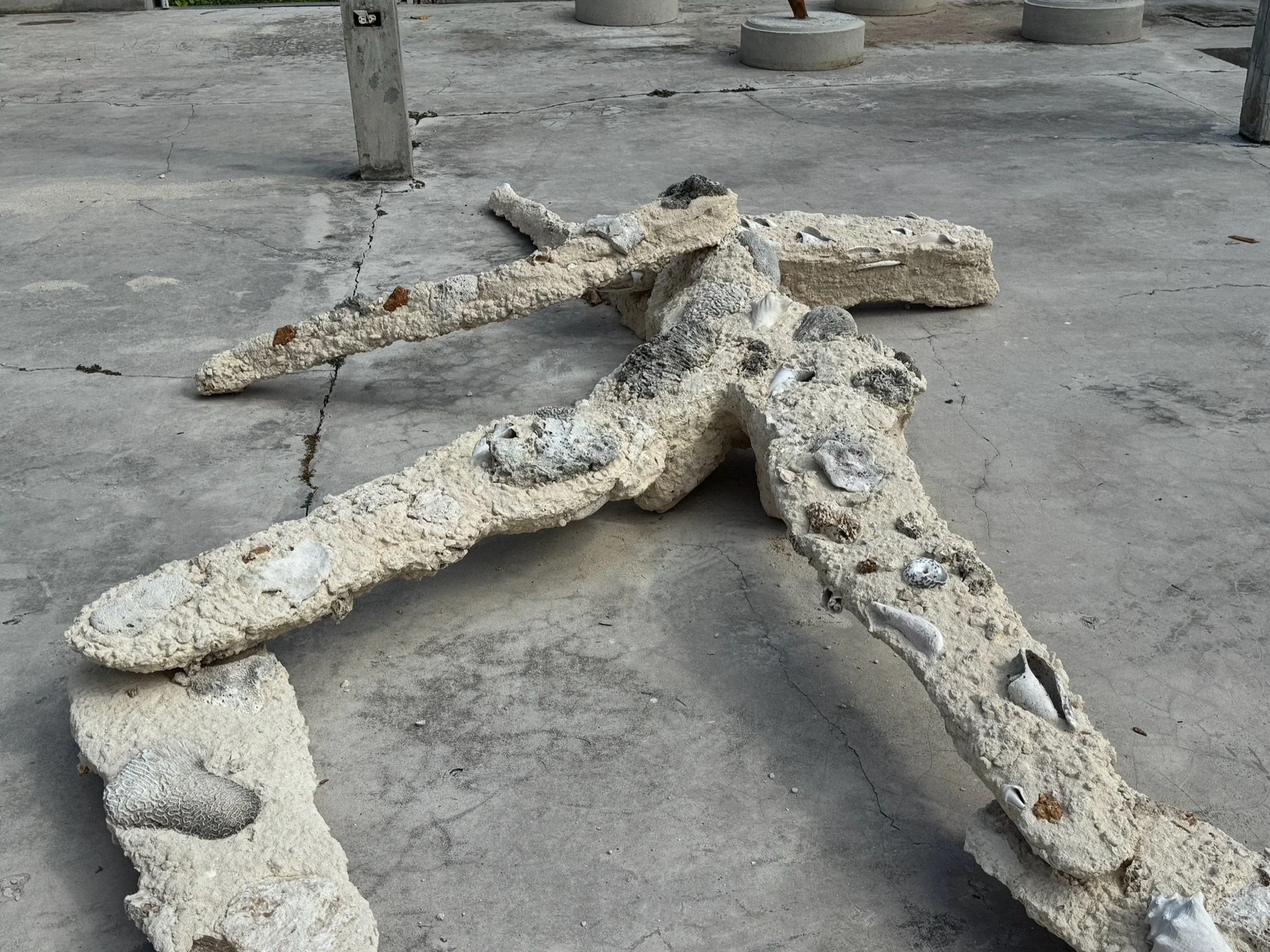

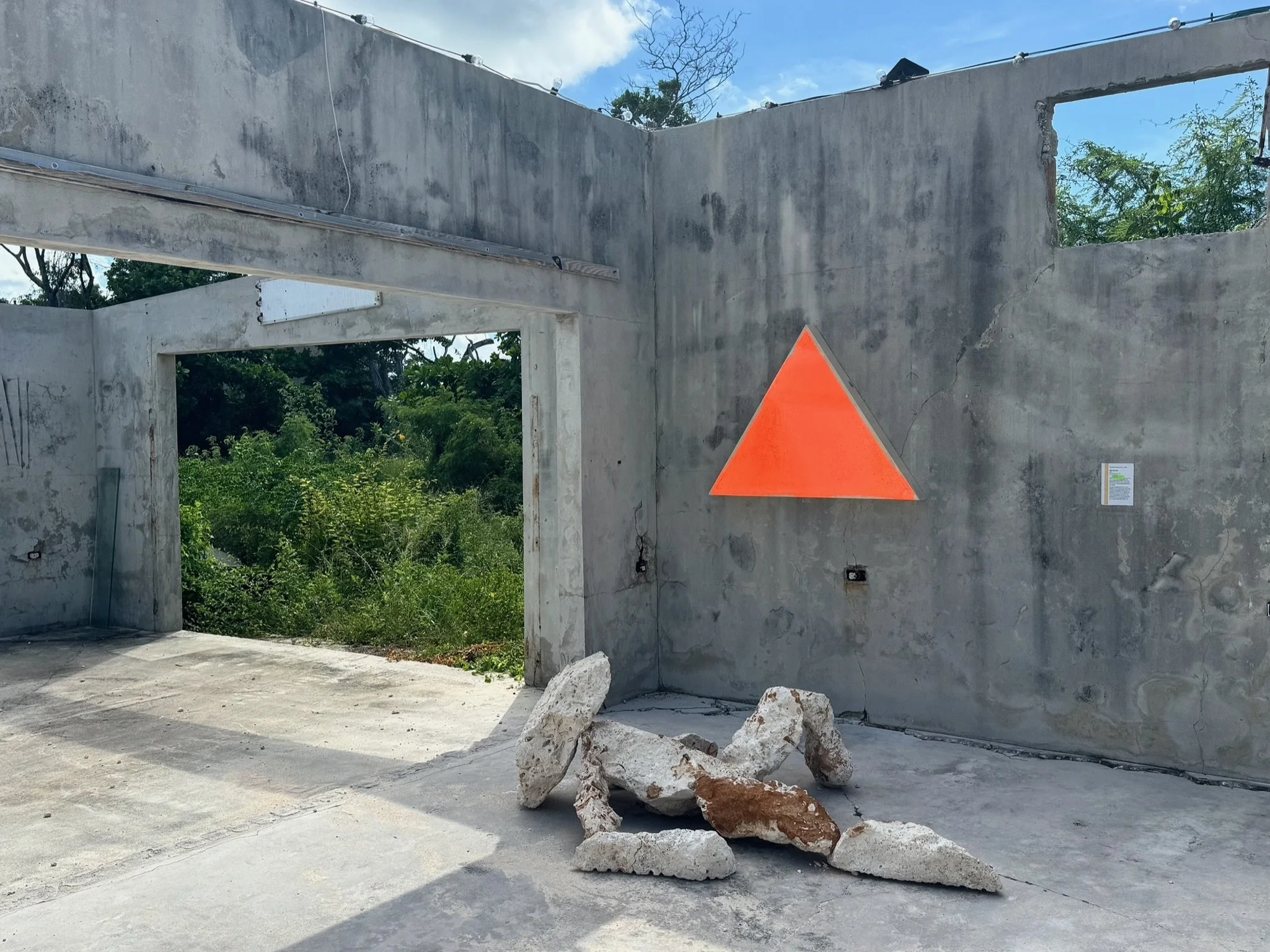
The National Gallery of Cayman Islands is taking the 4th edition of the Cayman Islands Biennial to new horizons by inviting U.S.- based curators for their themed exhibition, Archipelago. This multi-sited exhibition represents the best submissions from Caymanian artists across all three islands and the Diaspora to showcase the breadth of diversity and creativity in this Caribbean country.
The Biennial runs October 2, 2025-February 18, 2026, with a Press/VIP Preview day on October 1, 2025 at the National Gallery and across several satellite spaces across Grand Cayman, Little Cayman, and Cayman Brac. These sites include the Cayman Islands National Museum, Gram Bella’s, the Mission House on Grand Cayman, the Little Cayman Museum, and Brac Heritage House. Admission is free to the public, as is the suite of programming that will animate the venues throughout the exhibition run.
Inspired by the scattered formation and relative isolation of islands, the theme Archipelago foregrounds the interplay of the individual and the collective, just as an archipelago is simultaneously a single conglomerate and a chain of several distinct land masses. The exhibition will be organized according to multiple sub themes for this interplay of individuals within/against a collective. These include the ‘Culture Shift’ of heritage, memory, and belonging; ‘Social Dynamics’ shaped by communication, politics, and technology; and ‘Ecological Legacies’ as they pertain to preservation, sustainability, and environmental concerns.
ECOLOGICAL LEGACIES
The natural environment of the Cayman Islands has long been central to the shaping of cultural identity, economic development, and collective memory—and its most iconic, even cliché, imagery for foreigners. Yet in recent decades, rapid urbanization, tourism expansion, and global climate change have altered the ecological landscape at an unprecedented pace, affecting flora and fauna on land and sea alike. Questions of land use—whether privately owned or publicly stewarded—now stand at the heart of social and political debate, raising urgent concerns about sustainability, equity, and intergenerational responsibility.
The Ecological Legacies sub theme brings together critical thinkers as they examine the intersections of environment, history, and society. Their works highlight the shifting terrain of local and regional politics surrounding development and land management—like Claire Pettinati’s critique of the Georgetown landfill—while also situating these issues within global discourses of climate resiliency and environmental justice. For some, this means revisiting ancestral relationships to land and sea, as in Kristy Capewell’s found object sculptures that illuminate practices of stewardship. For others, it involves confronting the ecological disruptions produced by extractive economies, infrastructural expansion, and rising seas—Joanna Humphries’ performance piece, Beach Clean, enacts local traditions of mitigating such detrimental impacts.
The exhibition insists that ecological narratives are not only about the present but also about contested pasts and speculative futures. By attending to the legacies of land use and ecological change, these works ask how Caymanians—both individually and collectively—might envision more sustainable pathways forward. As they employ the iconic mangroves, parrots, iguanas, corals, etc., the artists remind us that environmental transformation is inseparable from questions of cultural continuity, political agency, and social equity. In presenting these perspectives, Ecological Legacies positions art as a vital medium for rethinking human–environment relations. Rather than treating the environment as backdrop, the artists foreground it as an active participant in shaping identity and possibility. As we reflect on our own ecological footprints, we should consider how cultural and artistic practices might contribute to more resilient and just futures—locally and globally.

